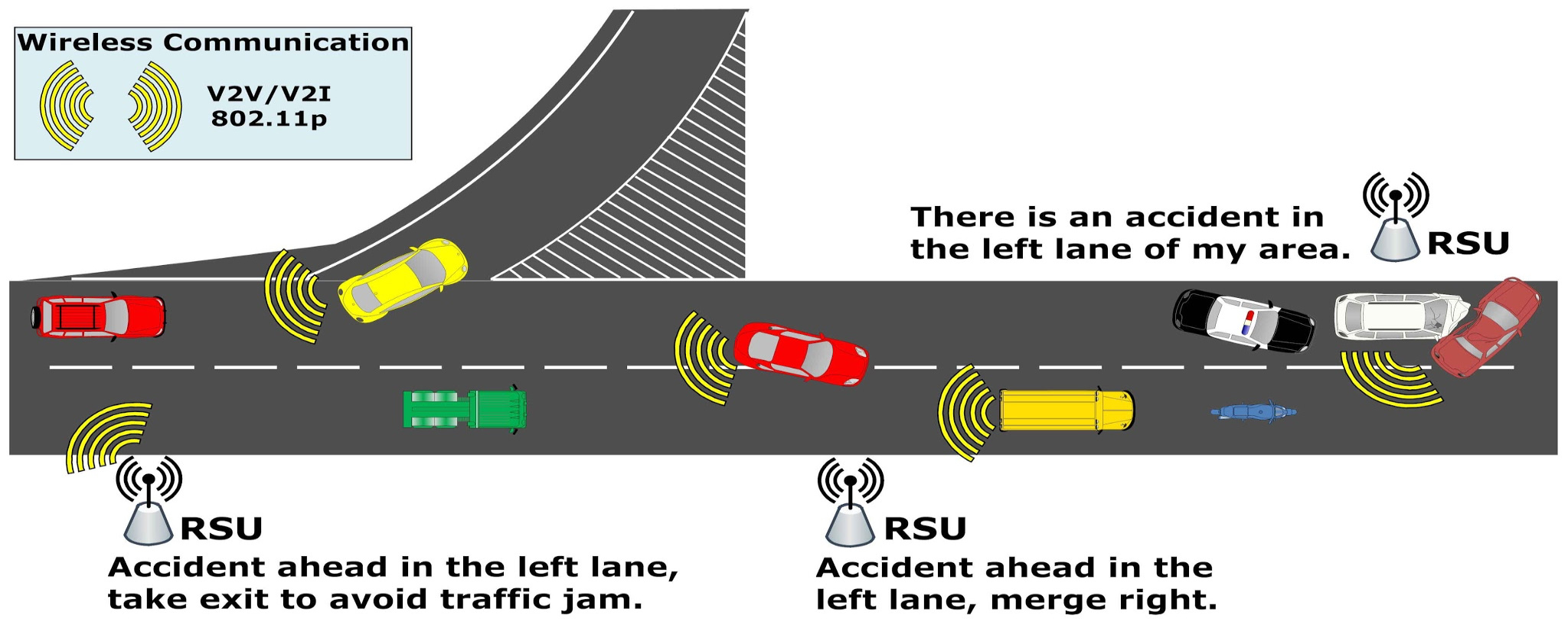VANET
Abstract
Vehicular Ad Hoc Networks (VANETs) are a sub class of Mobile Ad Hoc Networks (MANETs) and is widely considered as the basis for an Intelligent Transport System (ITS). In order to improve the performance of VANETs’ applications, and make a safe and comfort environment for VANets users, Quality of Service (QoS) should be supported in these networks..VANET consists of two kinds of communications: vehicle-to-vehicle (V2V) and vehicle-to- infrastructure (V2I). The two most relevant areas of research are safety applications such as collision avoidance, emergency warning and road condition warning among others. The other area of interest is that of comfort such as to improve traffic efficiency. The main wireless technology used in this space is the IEEE 802.11p standard that works by using Carrier Sensing Multiple Access (CSMA) with Collision Avoidance (CA) as its MAC Protocol. Medium Access Control (MAC) schemes are designed to share the channel between various homogeneous or heterogeneous nodes efficiently and fairly There exists certain issues when it comes to using only CSMA, for example the performance degrades exponentially as more vehicles join the network. As more vehicles join the network, it results in poor throughput. On the other hand using Time Division Multiple Access (TDMA) exclusively too is not very practical as it isn’t very scalable owing to the fact that time slots will need to be re-generated as and when vehicles enter/exit the network. As a result in this project, a hybrid protocol will be developed that incorporates TDMA with CA on top of CSMA. The use of TDMA on top of CSMA will allow vehicles to broadcast high level messages in the case that an event occurs based on time slots allocated to them which allows the messages to be better prioritized. In the absence of an event the vehicles will broadcast low level messages using CSMA/CA. This projects seeks to better understand and improve the current VANET methods in use as vehicles move toward a more connected future.

